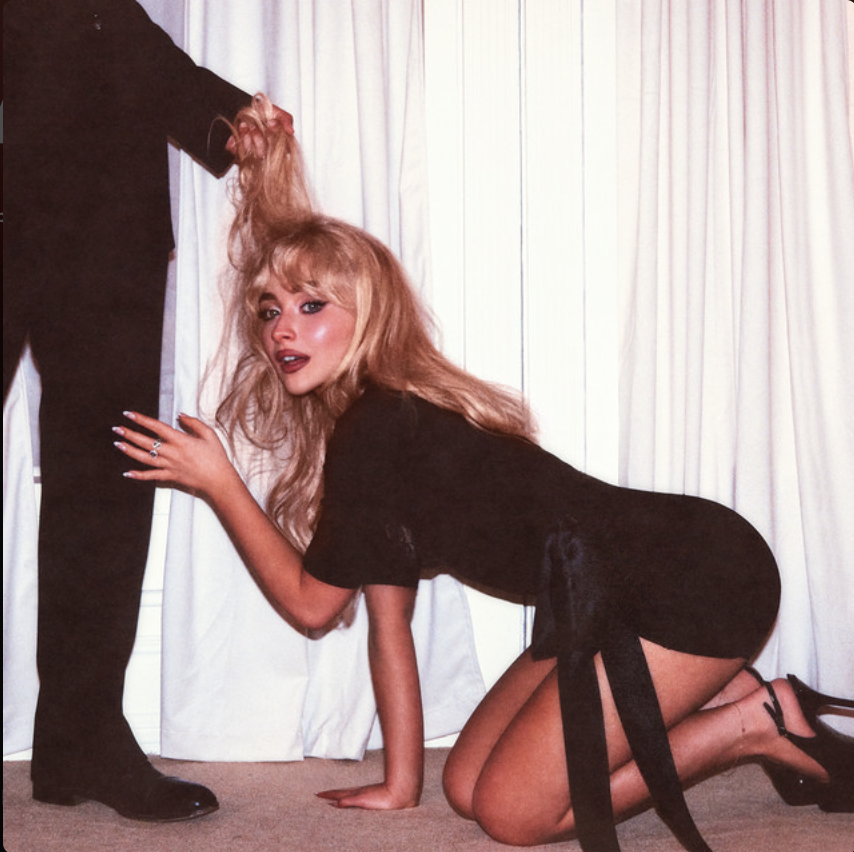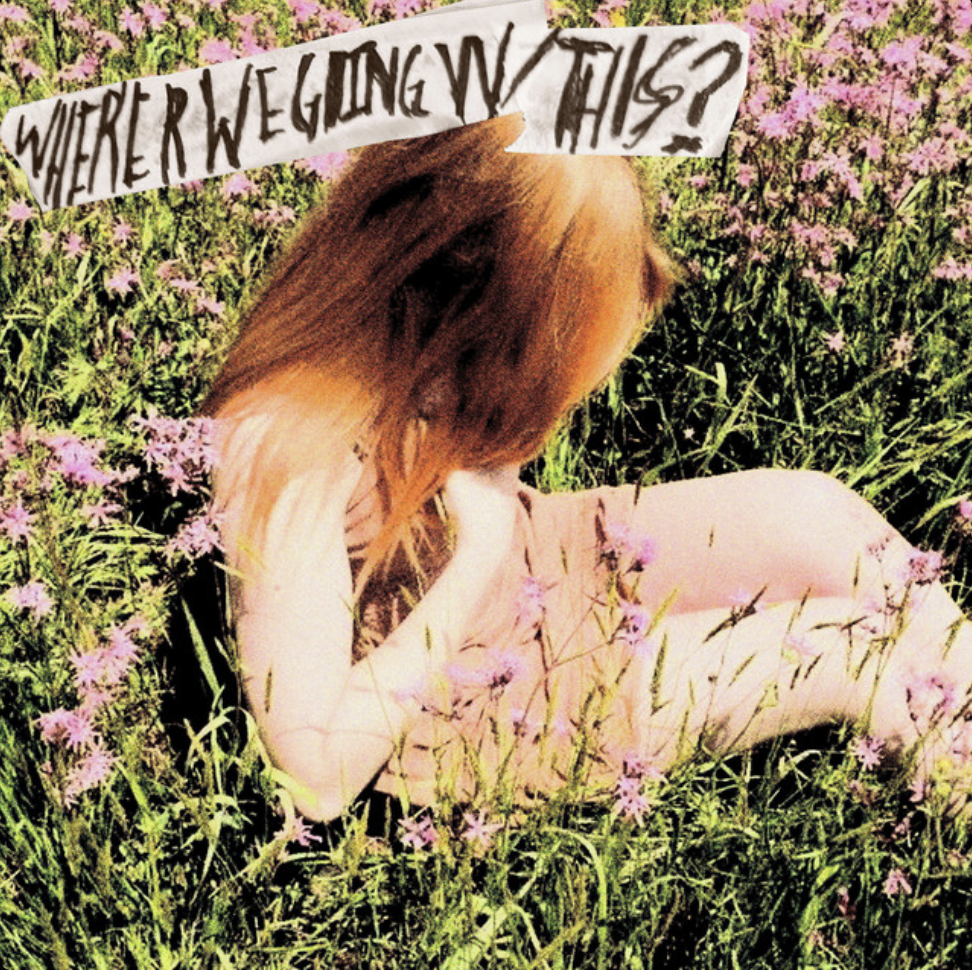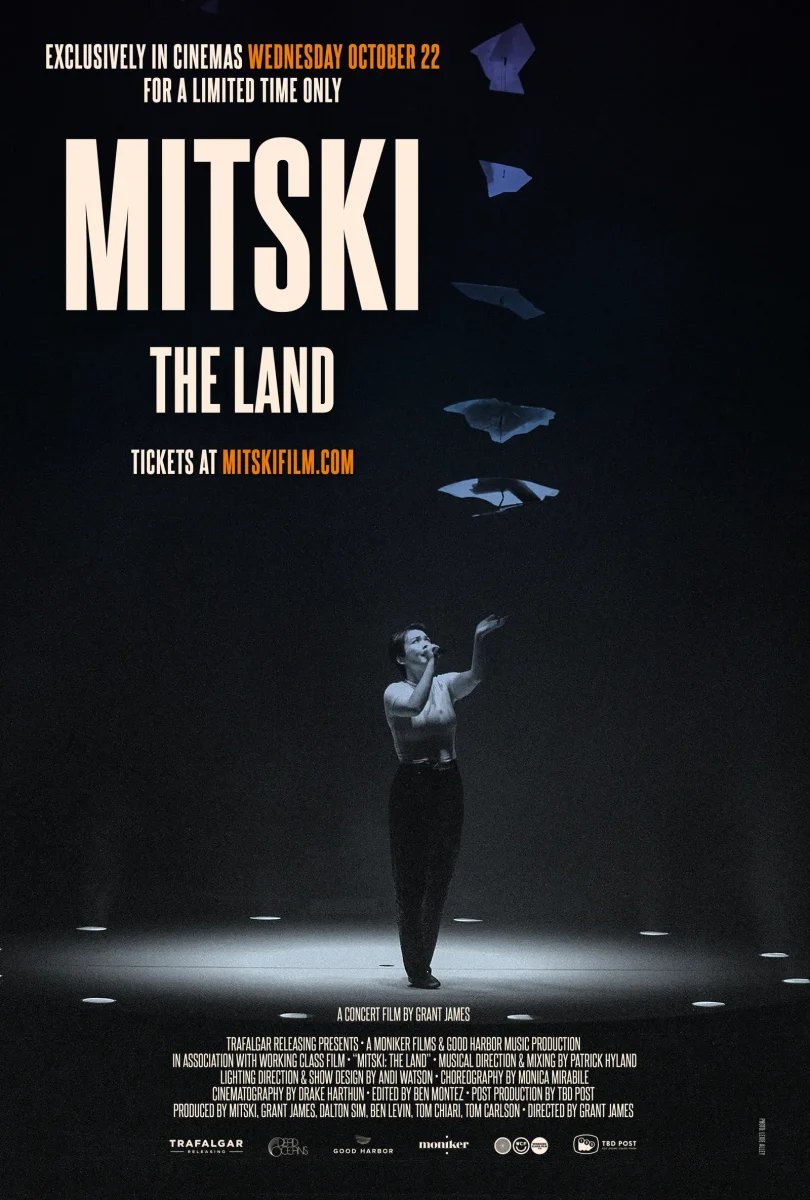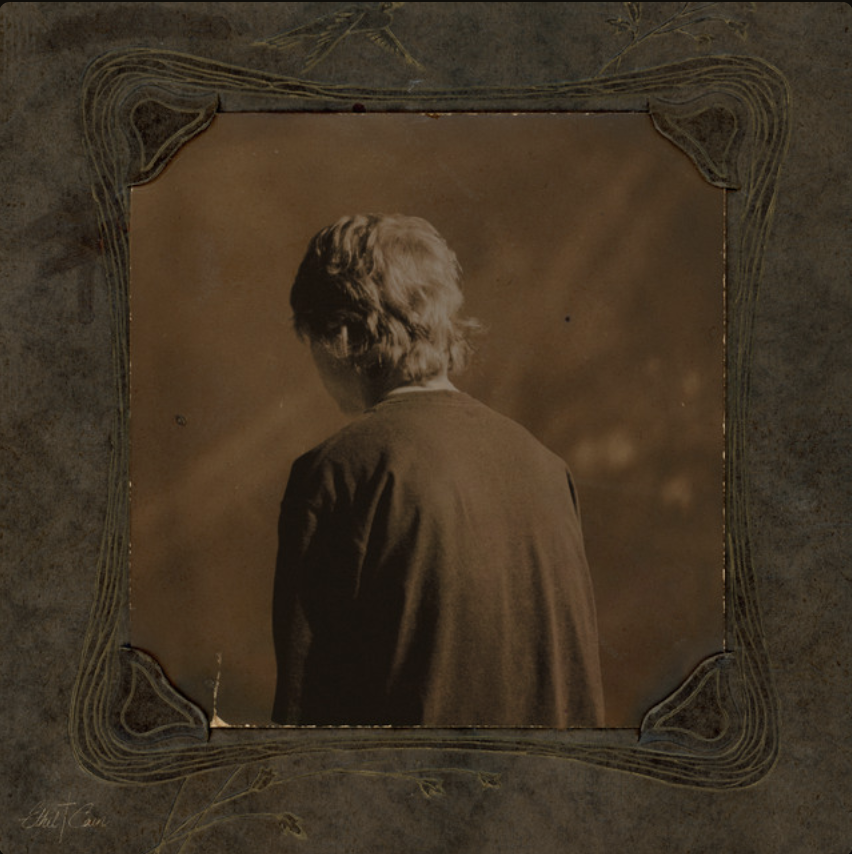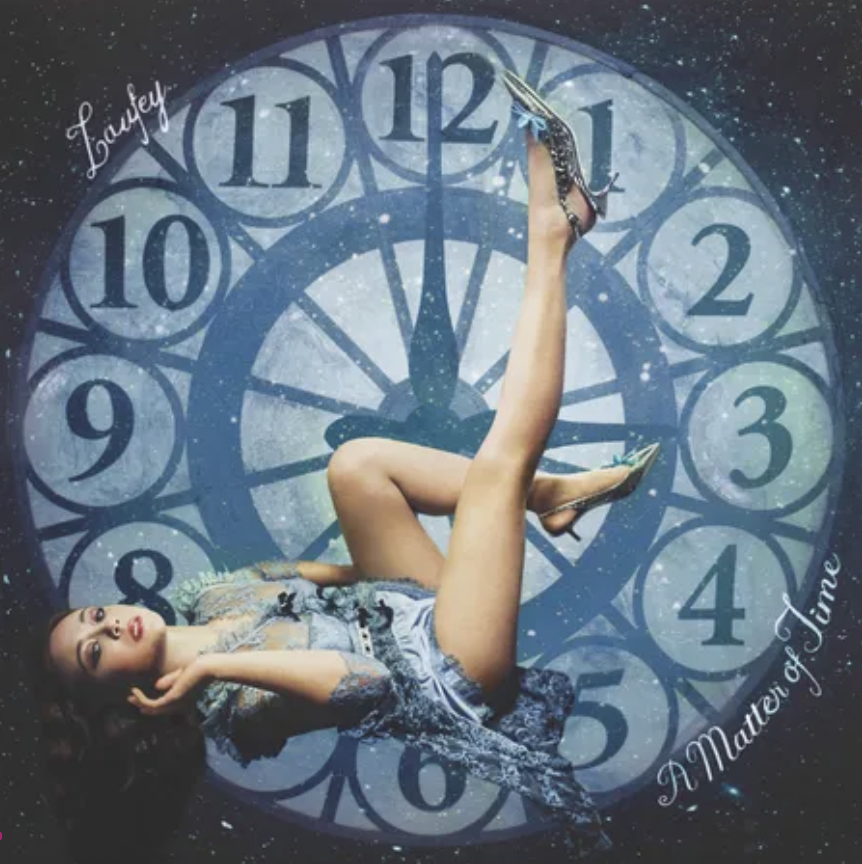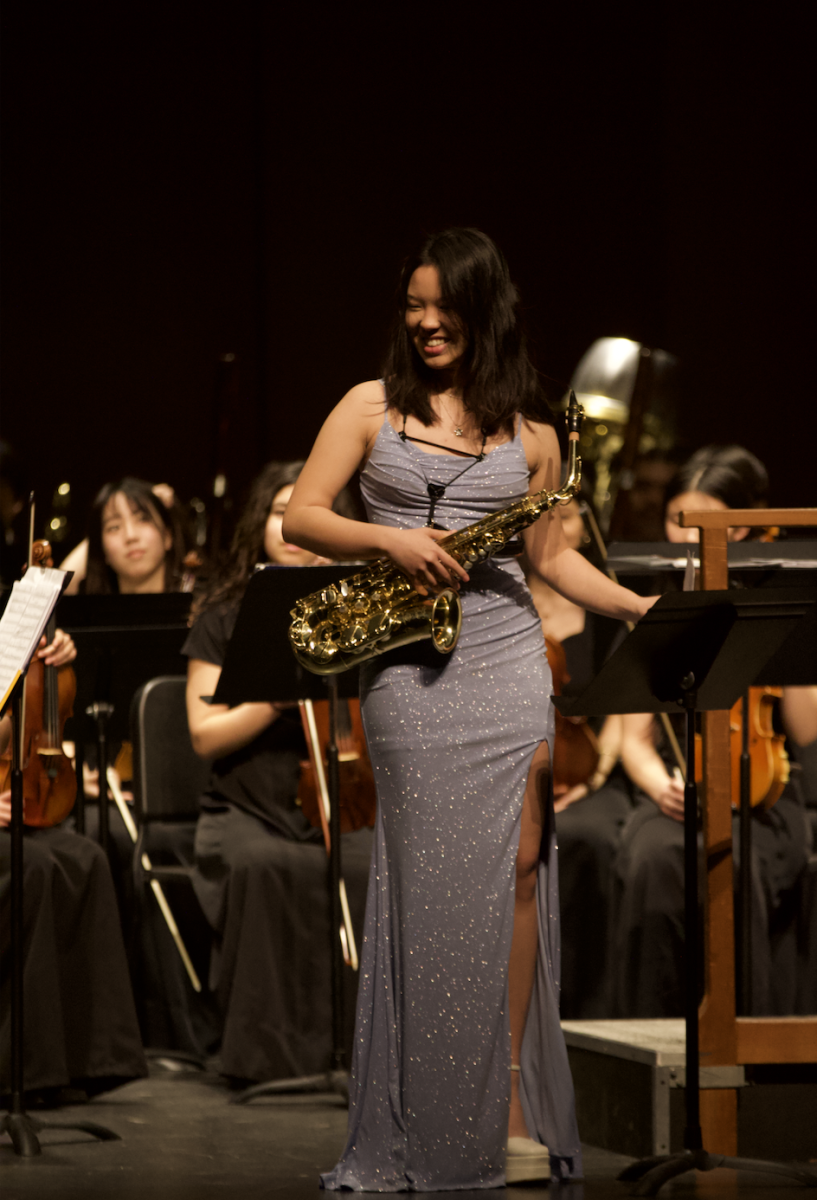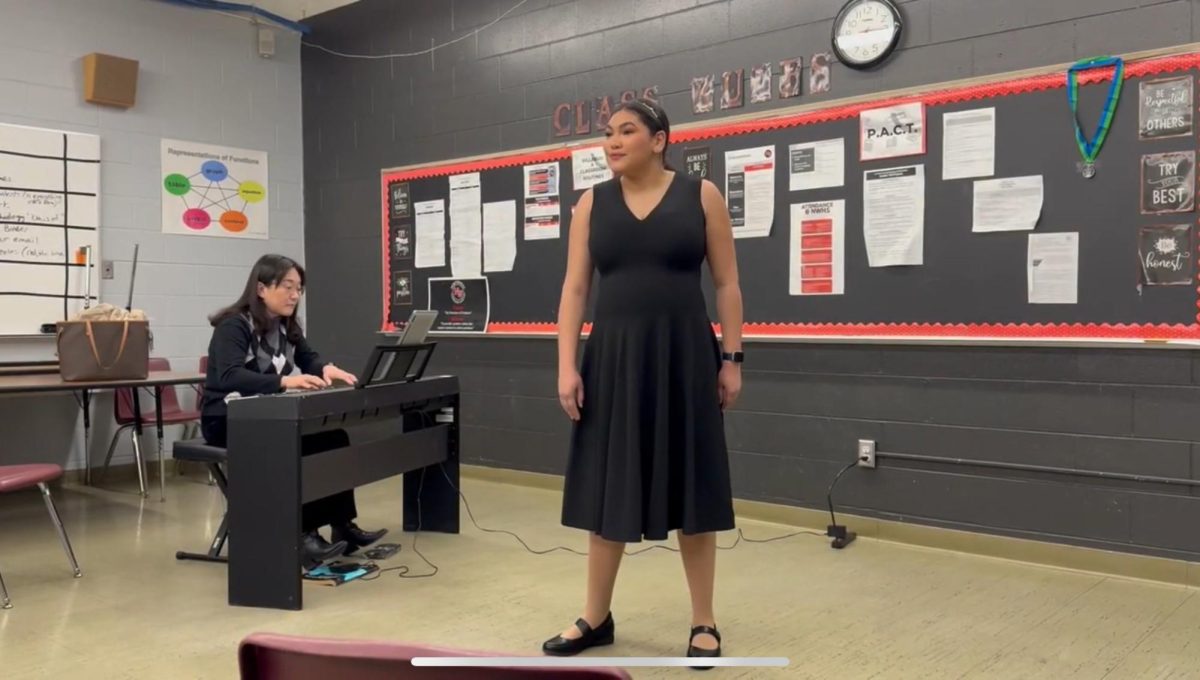Sabrina Carpenter has left quite the impression on me–I’m not sure if that’s a good or bad thing. Making her musical debut way back in 2014 with “Can’t Blame a Girl for Trying,” Carpenter has made a slow crawl to the top over the last decade. She reached the peak of her fame last summer after releasing the hit “Espresso,” and the album “Short and Sweet” soon after. What makes her work so unique is undeniably her branding, which has created some controversy in the past year.
For her last two album cycles, Carpenter has leaned into a style reminiscent of late 50s/early ‘60s iconography. Her look is perfectly manicured and derived from ideals of female perfection from this time. This set to the backdrop of her incredibly raunchy lyrics and performances makes for a fun and sexy juxtaposition. Her style and concept have been the very things that have put her in hot water as of late, though.
Two months ago, Carpenter announced her new album “Man’s Best Friend” accompanied by the album cover via Instagram. The cover features Carpenter on all fours, looking down the barrel of the camera as a faceless man holds her by the hair. Soon after the announcement, her comment section blew up with thousands of people arguing whether or not the album cover was feminist. Spoiler, it’s not!
Female sexuality is something that is often reprimanded and suppressed out of shame, so having a mainstream artist like Carpenter be so open with it can be seen as empowering. When I saw the album cover for “Man’s Best Friend” and the controversy that followed, though, essayist Audre Lorde’s “Uses of the Erotic: The Erotic as Power” came to mind. In this essay, Lorde goes into how eroticism is a strong source of self-connection and power, but is often used against women for the benefit of men. She writes, “We have often turned away from the exploration and consideration of the erotic as a source of power and information, confusing it with its opposite, the pornographic.” Considering both her aesthetics and lyricism, it is safe to say that Carpenter has fallen victim to what Lorde describes as the pornographic, deriving her sexuality from society’s gaze rather than her own.
Despite this, many argue in favor of Carpenter, claiming that she clearly hates men. She sees them as playthings to be belittled (or killed) in her artistic universe. We can see this in her music videos for her hit songs ‘Feather’ and ‘Taste.’ Even if this were true, hating men does not equate to liberation. The idea of ‘decentering men’ was coined by writer Sherese (Charlie) Taylor back in 2019. Since then, this notion has exploded in popularity. Decentering men, at its core, comes down to one simple principle: men shouldn’t be at the core of your universe. This is where my issues with Carpenter arise. Her entire artistic universe, more so lately, is built around men. She is still centering men in her world, just in another flavor.
That being said, Carpenter’s art doesn’t have to be feminist, nor does it claim to be, but it would be nice if it were. At a time when women are being pushed towards traditional roles and becoming less and less cared for on a federal level, why wouldn’t you want the art you consume to be in support of them?



